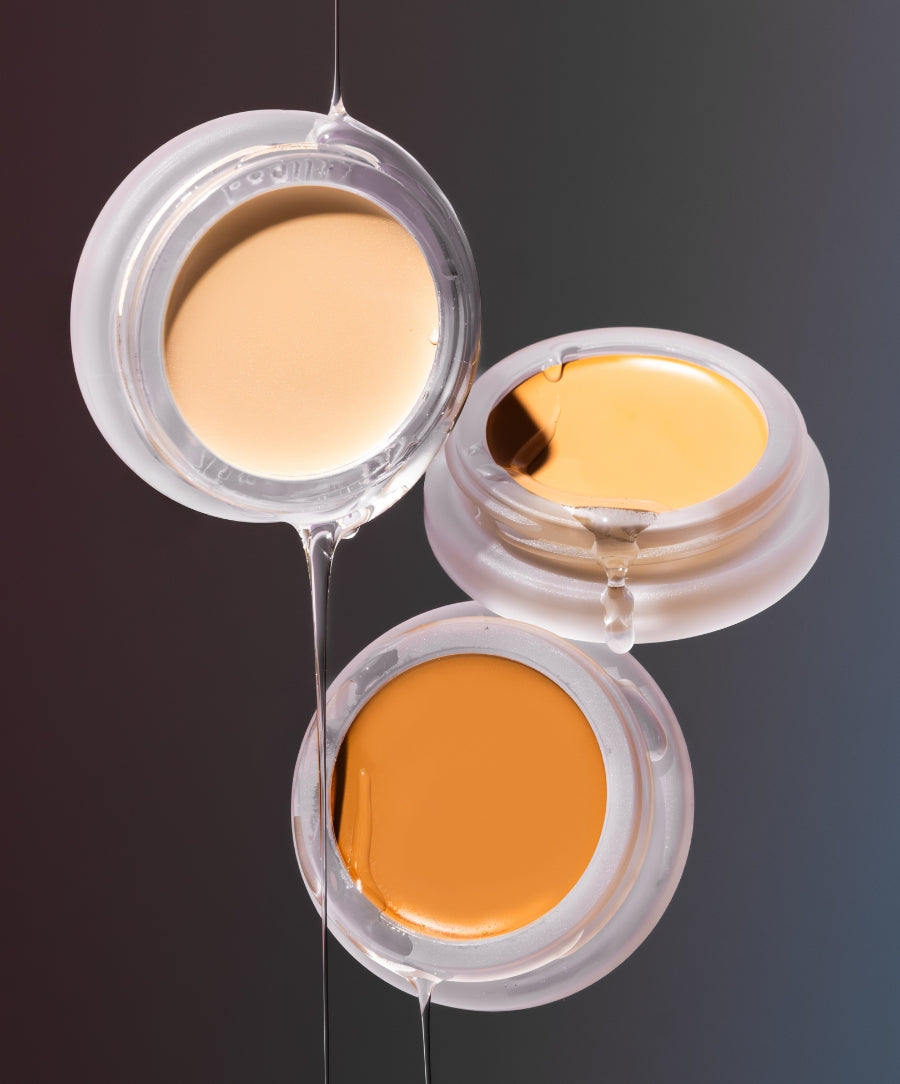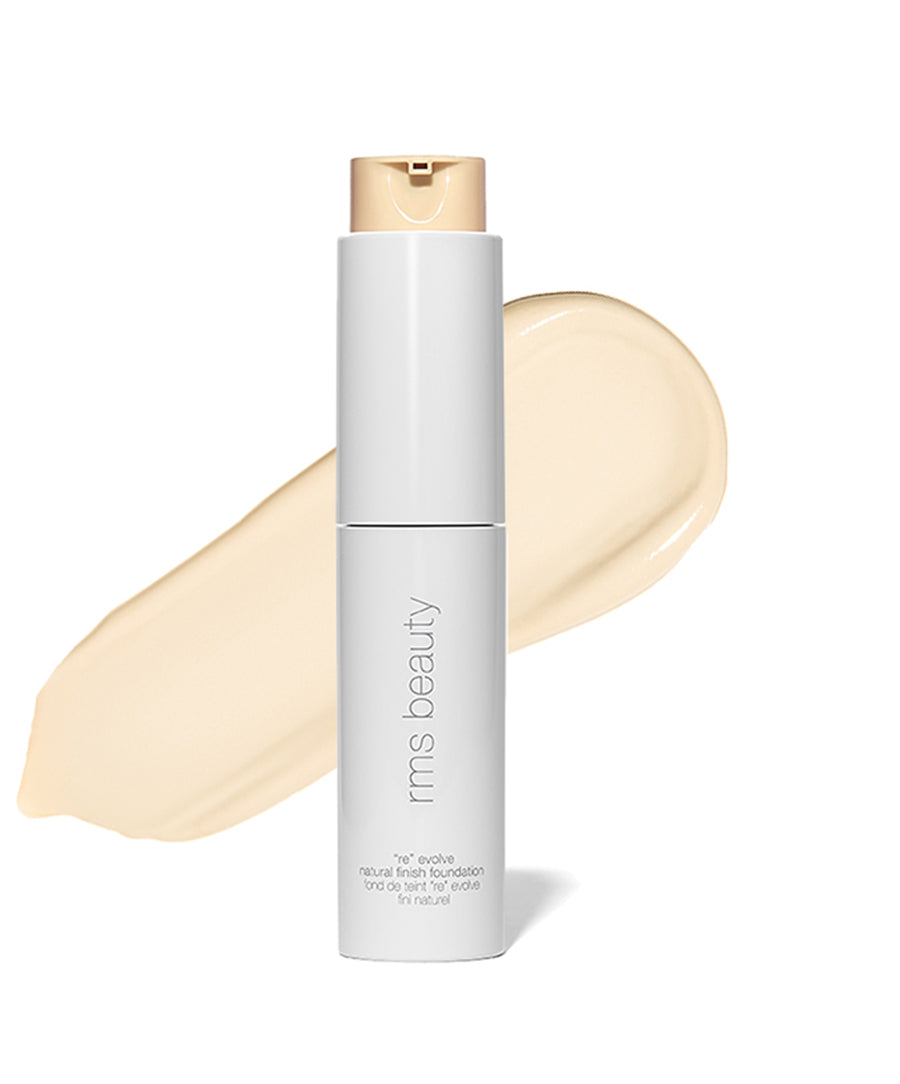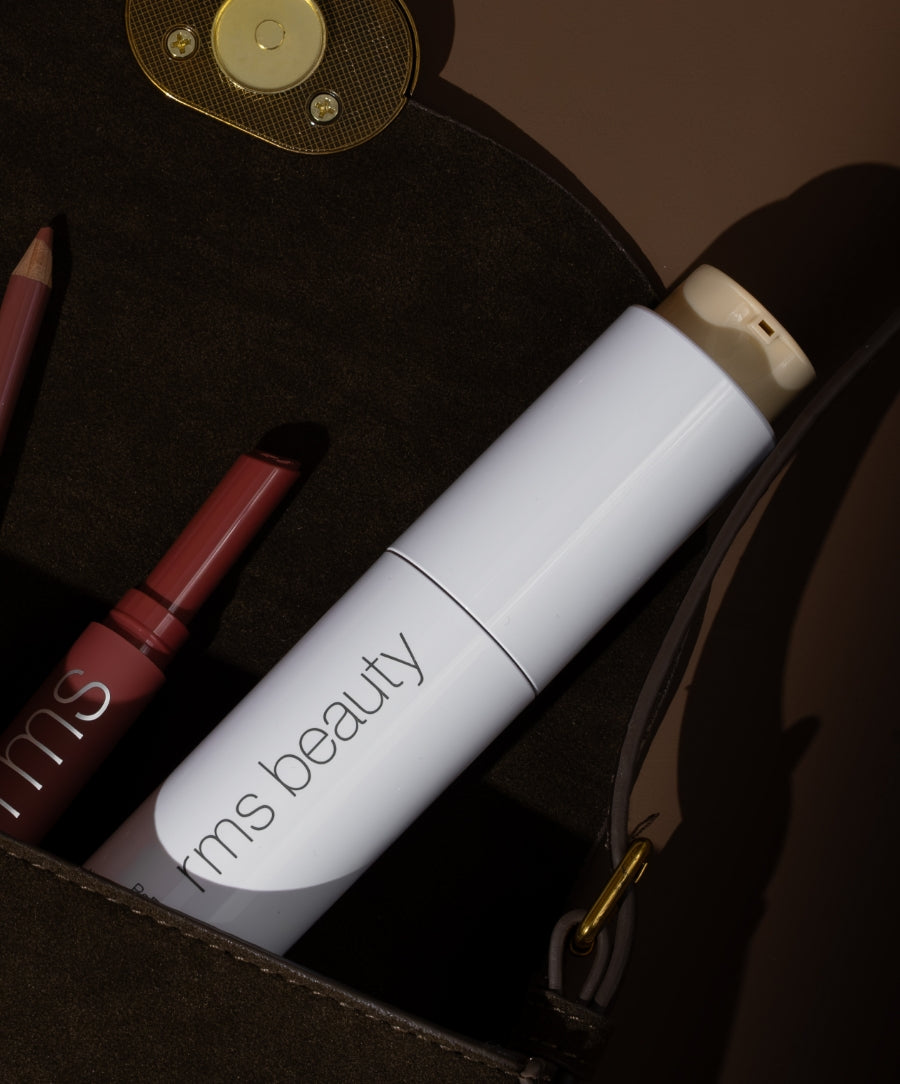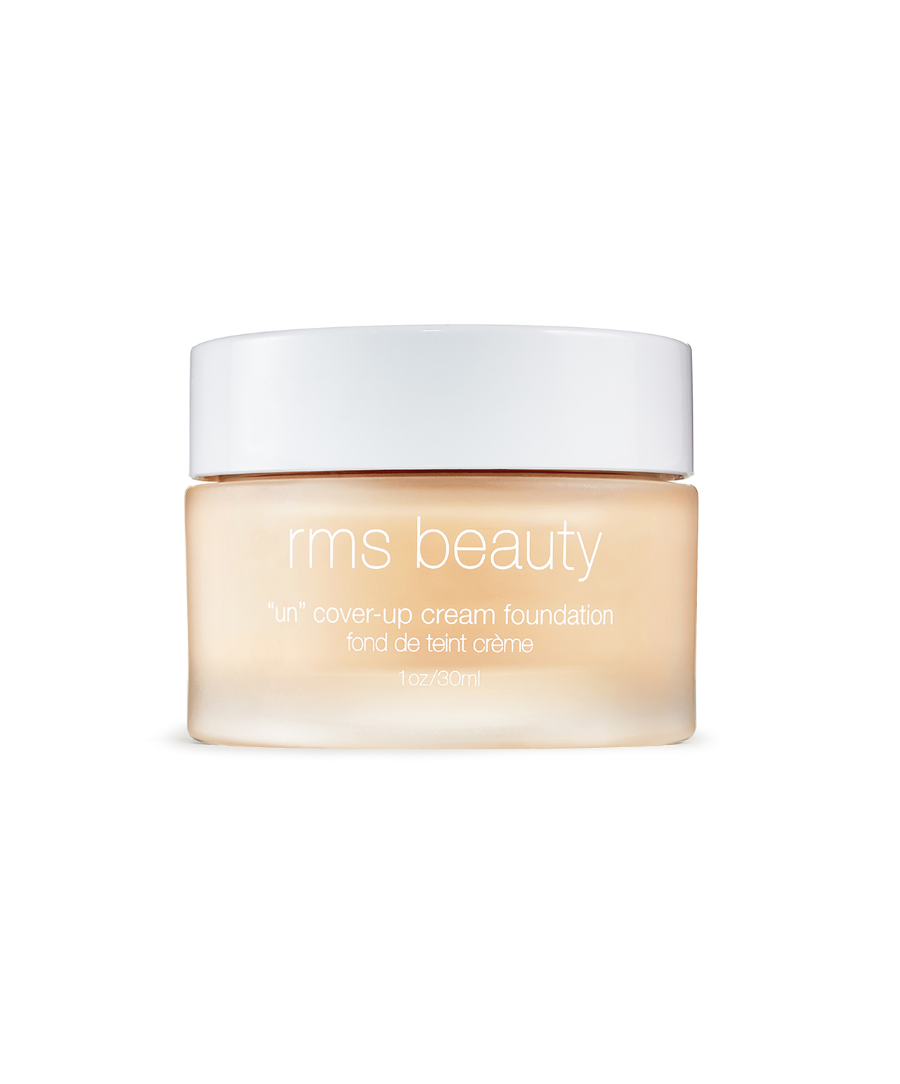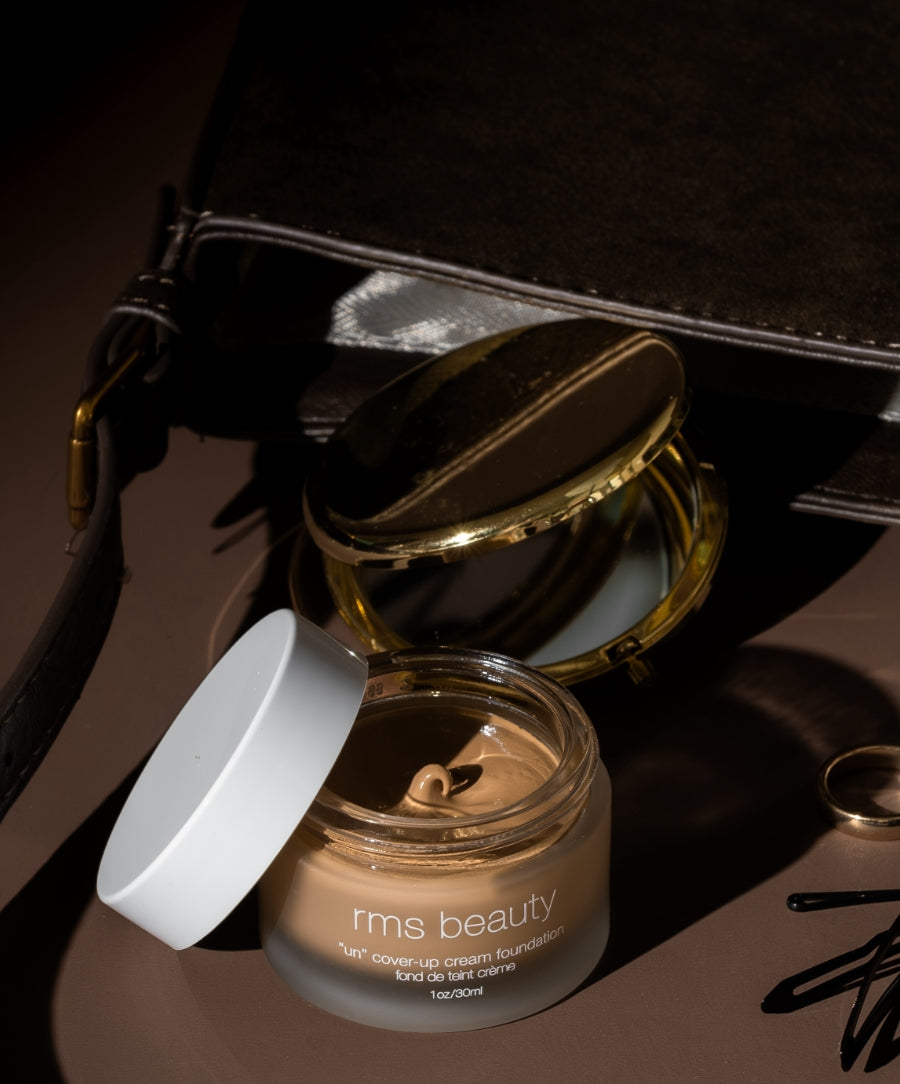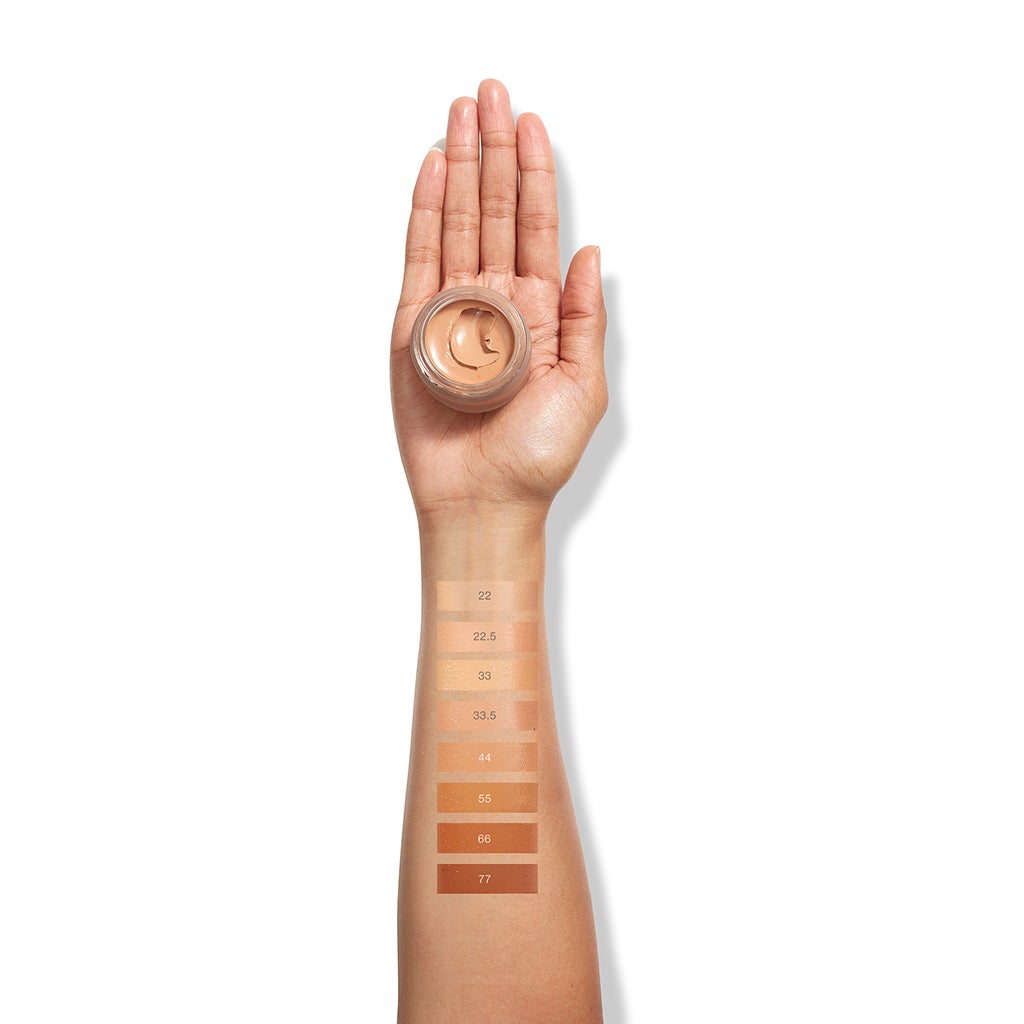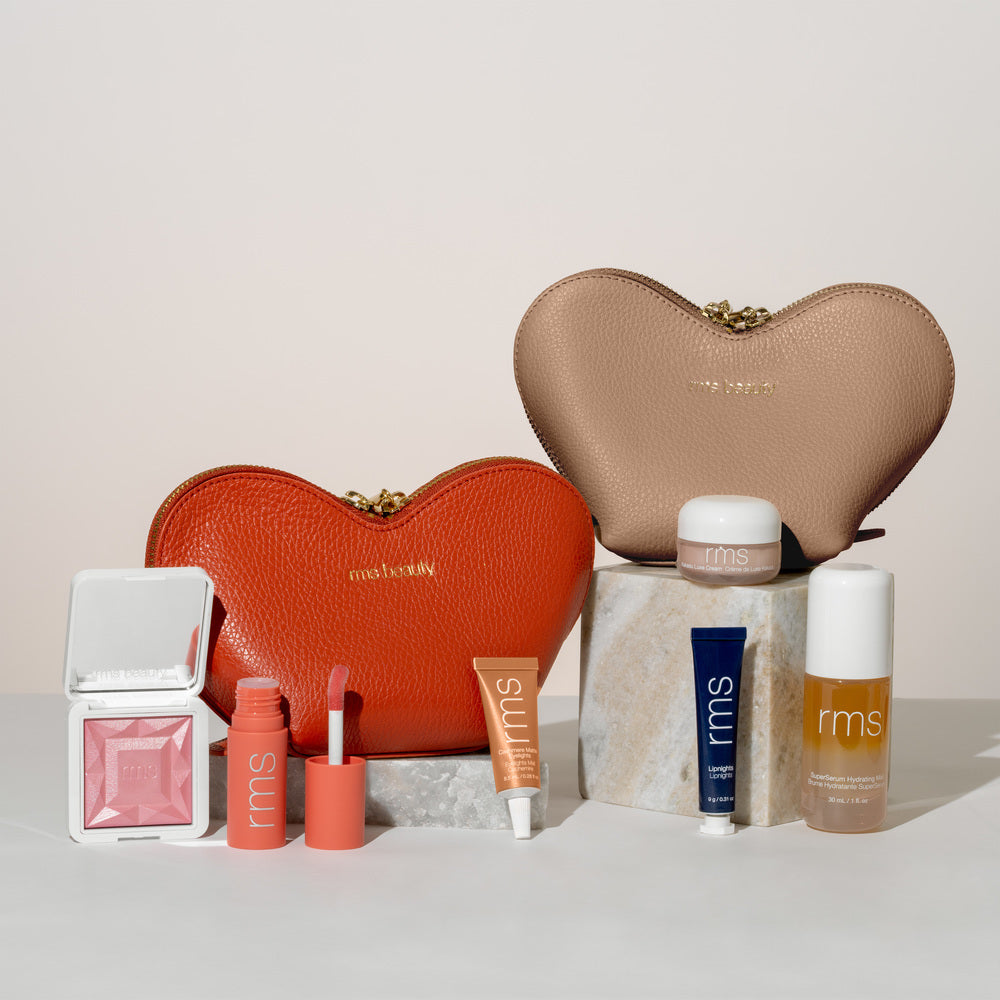Undertone: What Is It & How To Find It

Unless you’re a makeup artist with years of experience, finding your skin’s undertone can seem like a daunting task. “Is the underside of my wrist more pink than it is blue, or wait-is it yellow?”
No matter how many Instagram tutorials you watch, your skin just doesn’t seem to fit inside the box (whose skin is actually “bronze” anyway)? That’s okay.
With approximately 110 different skin tones identified worldwide, it’s safe to say many of us won’t get a perfect undertone match. However, that doesn’t mean we can’t still get pretty damn close.
We’re skipping the cookie-cutter tutorial and giving you the inside information on what undertones actually are and how you can determine your own. Then, we’ll show you how to use your undertone to shop for a concealer that looks like second skin.
What Are Undertones in Skin?
Skin tone and skin undertone are two separate pigments. Your skin tone refers to the color of your skin as you see it when you look in the mirror. The total appearance of the surface of your skin in natural light is your skin tone.
Your ethnic background and heritage play the biggest role in your skin tone. However, your skin tone can change when it is exposed to sunlight.
Undertones are different. Undertones are the pigments that are visible through your skin. These subtle colors make up your skin tone, but they’re very important when matching foundation and lipstick colors, as well as concealer.
How Can I Determine My Undertone?
Undertones can range from slightly pink, blueish-purple, olive, neutral, or slightly yellow. While it’s possible to determine your skin’s undertone by examining the inside of your wrist, not all skin tones have undertones that are quite so easily identifiable.
If your wrist is leaving you clueless, here are a few more ways you can determine your undertone.
Wear a Neutral Color and Examine Your Skin
Wearing a neutral color, like white, can help you determine your undertones better than a flick of the wrist. Pure, bright white usually favors cool undertones like pink and blue, whereas off-white or cream colors look best on warm skin undertones.
If your skin looks good in a mixture of both, you could have neutral undertones.
Consider the Color of Your Veins, Hair, and Eyes
The reason why we look at our wrists to determine our undertones is to see the color of our veins. The color of your veins plays a part in your skin’s undertones. If your veins look blue or pink, you have cool undertones.
If it’s hard to see your veins or if your veins appear greenish, you have neutral to warm undertones.
Hair color and eye color are also keys to unlocking your skin’s tone. Red and blonde hair colors may be characteristic of cool undertones, while darker hair and eye colors often indicate warm undertones.
Notice How the Sun Impacts Your Skin Color
The way your skin reacts to sun exposure can be a telltale sign of your skin’s undertones. People with cooler undertones tend to burn easily. Their skin may display a certain refusal to tan. Neutral skin undertones may tan first and then burn, while warm or dark undertones usually tan and do not burn.
While it’s possible for all skin types to burn in the sun, cool tones will always burn faster than warmer undertones.
How Can I Tell If I Have Warm or Cool Undertones?
Using the method above, look closely at your skin. Also, consider a few questions about the type of clothing, accessories, and makeup colors you like to wear.
Warm Tones: Yellow, Olive, or Pink
Warm undertones aren’t just found in people with darker skin tones. You can have cool skin tones with warm undertones.
Warm undertones usually love gold jewelry, off-white clothing colors including earth tones and black, and have a more subdued color to their skin.
Cool Tones: Ashen or Gray
If you often feel like you need a bit “extra” in terms of highlighters or blushes, you might have a cool undertone. Cool undertones can often make skin appear flat, or less pigmented than other skin tones.
Cool skin undertones pair well with silver jewelry, bright whites, orange, and yellow, and love the brightest, berriest shades of lipstick.
How Do I Find the Right Concealer for My Undertone?
Once you’ve determined your skin’s undertone, you can shop for makeup colors with ease. Normally, you’ll want to hone in on your skin’s undertone and select your shade from there.
To find the perfect concealer, you’ll need to know two bits of information:
- What you want to cover (dark spots, areas of hyperpigmentation, red acne spots, or dark circles under the eyes)
- Your skin’s natural undertone
Once you know what you need, you can find your concealer.
How Many Shades Lighter Should My Concealer Be?
If your goal is to cover dark pigments under your eyes and correct that skin back to its original skin tone, you should opt for a concealer that is about two shades lighter than your normal skin color. If you choose a pigment that is darker, it will make the dark area even darker.
If you choose a pigment that is too light, you’ll end up with the dreaded raccoon eye look, which is flattering on absolutely no one, regardless of your skin’s underlying color.
Can Concealer Be Too Light?
Yes. If your concealer is too light, you’ll probably notice. Under your eyes, you’ll get an eerie glow that looks unnaturally white or bright. It can leave your skin with a strange radioactive hue that looks anything but natural.
What Concealer Should I Use To Cover Purple or Dark Spots?
You’ll often see ads that offer green or yellow concealers to cover red spots. Advertisers know we’re always looking for the best way to cover up blemishes, however, using these colors to correct your skin doesn’t usually work.
Normally, you’ll end up with strange blots of green makeup glued to your face. You can use the same concealer you use under your eyes to correct dark and purple areas of hyperpigmentation. You may just need to use more or less depending on the darkness of the area you’re correcting.
If your skin tone changes throughout the year (i.e. you tan in the summer and pale in the winter) you may opt for a color palette of concealers that offer a few different pigments and shades.
Concealer to try: RMS Beauty’s “Un” Cover-Up Concealer. Our concealer isn’t like most thick, pasty formulas that settle into fine lines and wrinkles and often make your skin look dull and dry. Our formula is made with jojoba oil, a plant-based oil that is closest in chemical structure to your skin’s natural oil, sebum.
Our concealer easily blends onto your skin, keeping it hydrated and giving you the perfect amount of color correction without adding weight or thickness. Our buildable formula allows you to customize the amount of correction you want without the need for additional products.
Where Should I Apply My Concealer?
Concealer is different from foundation, and while it will work in a pinch, it’s not the best foundation option for daily use. For foundation, choose a shade that compliments your skin tone (the look of your skin in natural light).
Use concealer:
- Under your eyes
- Around the corners of your nose
- On areas of hyperpigmentation
- On blemishes and scars
Concealer has a thicker formula than most foundations, so you won’t want to use it all over your face. Additionally, your concealer (if chosen correctly) should be lighter than your natural skin tone for brightening. For a more natural look, even the same color as the face works beautifully.
Never use traditional concealers all over the face as it can make you look ghostly. However, RMS Beauty’s “Un” Cover-Up makes for a beautiful tinted foundation when added with our beauty oil or a moisturizer. Gorgeous.
Conclusion
Cooler undertones, olive undertones, and neutral undertones can make your head spin and leave you wondering what your “true” undertone really is. Don’t be confused by “helpful hints” you find on social media. Studying your skin is the easiest and truest formula for determining your skin tone.
When you’re ready to shop concealers and colors, you’ll find the very best color palettes, lip colors, and foundations at RMS Beauty. Our color cosmetics are made with food-grade ingredients that are beneficial and nourishing for your skin.
The creative team behind our signature products is led by Rose-Marie Swift, a seasoned makeup artist who developed RMS Beauty for users who want excellence in skin care and color cosmetics.
With RMS Beauty, you can be certain that the products you use aren’t just perfect for your skin’s undertones, they’re also the industry standard for purity in ingredients and clean cosmetics.
Sources:
Skintone Guide: Revealing the new PANTONE SkinTone™ Guide
The science behind skin color, Part One|Columbia Tribune Publishers
Color Me Human: Biology & Genetics Science Activity|Exploratorium



